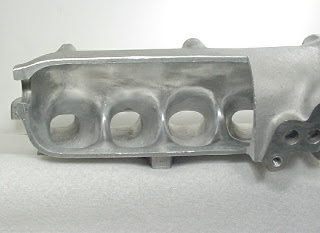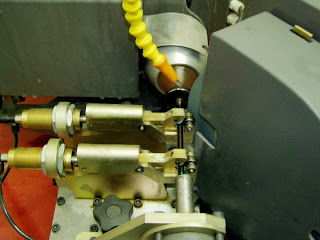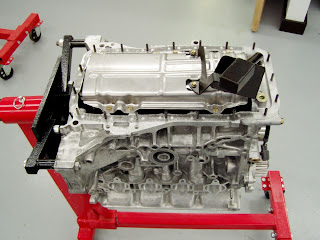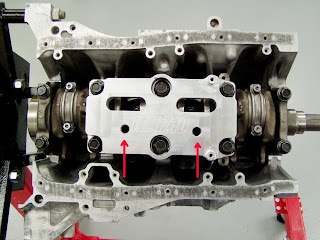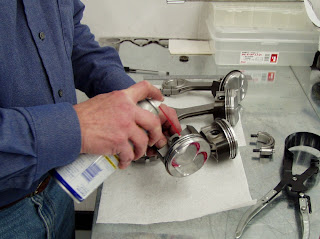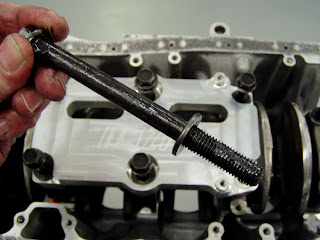Diesel Engine Combustion Efficiency
Index Key: ENG048 Author: gerald j ballmann Subject: Diesel engine combustion efficiency. 1) What limits the compression ratio of a diesel engine? 2) What is the best fuel to use in a diesel engine for maximum efficiency? Response #: 1 of 2 Author: daniel n koury jr The compression ratio for a particular engine is limited by how strong the engine block is. Too much pressure (compression) and something will break. The best fuel will also depend on the design of the engine. But as a general rule, the greater the energy content of the fuel, the greater the efficiency (at least in terms of miles per gallon or km per liter). Water has a low energy content and would not make a good fuel for example. Response #: 2 of 2 Author: david r munoz The limits to compression ratio are based on the knock limits of the fuel. Knock is the term used to describe the auto ignition that occurs when a fuel ignites because the pressure in the cylinder is such that combustion occurs. I
























